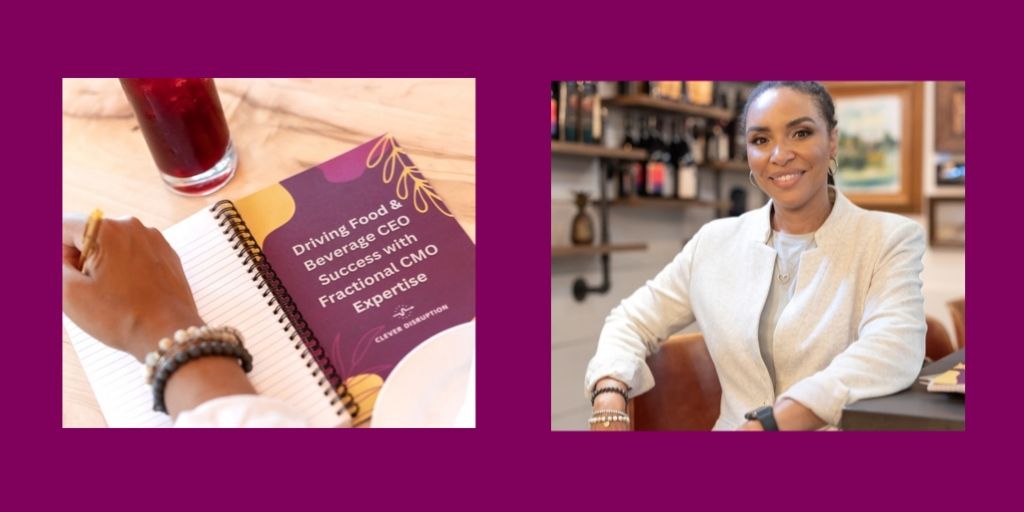By looka_production_177927732
•
July 8, 2024
Are you steering your ship or just drifting with the tide? I spend a good amount of time discussing strategy vs planning with many businesses, and I always find it interesting how easily confused the two become. Let's use this opportunity to unpack the two along with a few tips and tricks to make strategy and planning move seamless through your organization. What is Strategy? In the fast-paced world of food and beverage, strategy is your north star. It’s the grand vision that sets your company apart and guides your journey. Strategy is about the big picture: defining long-term goals, identifying competitive advantages, and carving out your unique space in the market. It’s your master plan for achieving sustained growth and success. Ultimately, strategy is a theory and at a minimum, it should answer the following questions: 1. What is our playing field? 2. Here's why we should be on this playing field? 3. Here's how we will be better then anyone else on this playing field (way to win)? Easy enough, right? Not so fast. What I often see is businesses trying to be "all things to all people." Spoiler alert: it rarely works. Here’s a tip: instead of your playing field being just "food," try narrowing it down to something like "healthy & hearty snacks." This focus will influence everything – from your brand identity and product lineup to your merchandising strategy and beyond. Once you have the above landed, consider these 3 simple checks to help you determine the relative strength of your strategy: 1. Is it doable / achievable? 2. Is it coherent / logical? 3. You can not control it. The mic usually drops on #3. You can not control strategy. If you can control it, you are planning. Planning is linked to resources you control. What is Planning? Planning is the process of detailing the actionable steps needed to achieve your strategic goals. It’s about creating specific timelines, budgets, and resource allocations. Planning translates the grand vision of your strategy into tangible tasks and milestones. How is Strategy Different from Planning? Think of strategy as the destination and planning as the roadmap. Strategy answers the “what” and “why” – what are your goals, and why are you pursuing them? Planning, on the other hand, answers the “how” and “when” – how will you achieve these goals, and when will each step happen? Strategy sets the direction, while planning charts the course. Strategy paints the big picture; planning handles the nitty-gritty details. When Should Businesses Utilize Strategy vs Planning? You need a solid strategy whenever you’re making high-stakes decisions. Whether you’re entering a new market, launching a new product line, or repositioning your brand, strategy is essential. It’s your go-to tool during times of significant change, like mergers, acquisitions, or shifts in consumer preferences. Essentially, strategy should be your constant companion in navigating long-term growth and sustainability. Planning is crucial once you have a clear strategy in place. It’s essential for launching new products, entering new markets, and executing marketing campaigns. Planning ensures day-to-day operations align with long-term goals. It’s also key during budgeting cycles, project management, and performance tracking. One pitfall I’ve witnessed is businesses jumping into planning with no strategy. That's like creating a roadmap with no destination in mind. No bueno. How Should Businesses Develop Strategy and Planning Differently? Developing a killer strategy involves deep market research, competitor analysis, and a thorough understanding of your own strengths and weaknesses. Conduct a SWOT analysis to identify opportunities and threats. Engage stakeholders from various departments to get a holistic view. Remember, a good strategy is flexible – it should evolve based on market feedback and internal performance. Effective planning requires thorough analysis and resource assessment. Set specific, measurable, achievable, relevant, and time-bound (SMART) goals. Engage cross-functional teams to ensure all aspects of the business are considered. Regular reviews and adjustments are essential to keep the plan aligned with strategic goals and market conditions. How Should Businesses NOT Utilize Strategy and Planning? Avoid treating strategy as a rigid, one-size-fits-all plan. It’s not about micromanaging daily tasks or sticking to a script no matter what. A strategy should be dynamic and adaptable. Don’t develop your strategy in a vacuum; it should reflect real market conditions and internal capabilities. And steer clear of strategies that are too vague or overly ambitious without a clear path to execution. See points one and two above. Avoid treating your plan as a static document. Planning should be flexible and responsive to changes. Don’t get bogged down in excessive detail that makes the plan rigid and bureaucratic. Plans developed without input from key stakeholders, including consumers, or without aligning with the broader corporate strategy can lead to misallocation of resources and missed opportunities. Examples of Good and Bad Strategy and Planning Good Strategy: Take PepsiCo, for example. They shifted focus towards healthier snacks and beverages in response to growing health consciousness. By investing in research and development and acquiring health-focused brands, they not only met consumer demand but also positioned themselves as leaders in the health segment. Bad Strategy: On the flip side, think of companies that diversify too rapidly without thorough market research. Expanding into unrelated product categories without a clear understanding of the new markets can dilute the brand’s identity and lead to overextension. Remember my comment above (all things, to all people)? Good Planning: Starbucks’ rollout of its mobile ordering and payment system is a prime example. Extensive market research, technology development, staff training, and phased implementation resulted in increased customer convenience, shorter wait times, and higher sales, perfectly aligning with their strategy to enhance customer experience. Bad Planning: Conversely, launching a new product without adequate market research or production capacity can spell disaster. The infamous New Coke debacle is a case in point. Poor planning led to a backlash and eventual retraction of the product. By understanding the distinctions and applications of both strategy and planning, food and beverage businesses can navigate the market more effectively. Ensuring they not only set ambitious goals but also have a clear, actionable path to achieve them is key to long-term success. So, is your business journey well-mapped, or are you just hoping for the best? If it's the latter, let's connect and ensure you're sailing towards a clear destination with the right tools in hand. After all, the surest path to success is partnering with someone who has a compass. Cheers!



